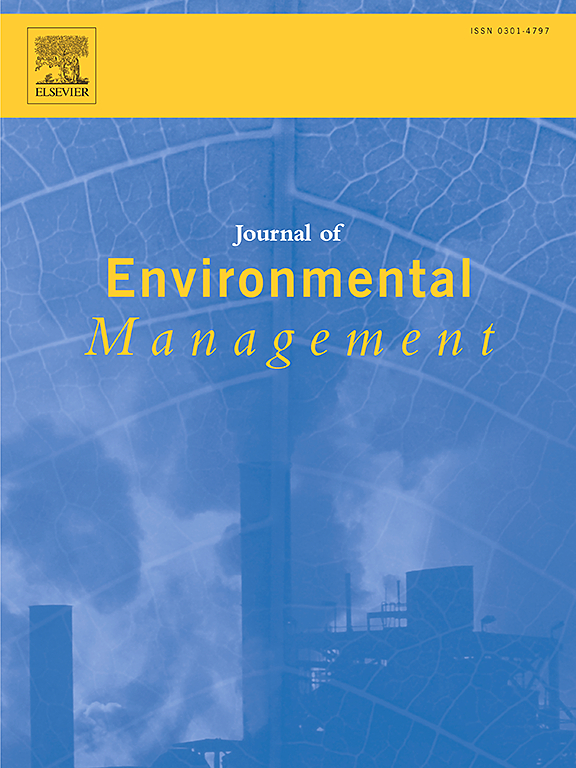Bench-scale bioretention systems: Potential of substrates with and without coconut fiber for plant growth development
IF 8
2区 环境科学与生态学
Q1 ENVIRONMENTAL SCIENCES
引用次数: 0
Abstract
Bioretention systems are sustainable solutions designed to address environmental challenges arising from urbanization by improving water quality and filtering surface runoff, while integrating green spaces into urban landscapes. However, there is limited research on the adaptability of vegetation in these systems within tropical regions, indicating a gap in the use of native species in green technologies. This study evaluates the adaptability and growth of three plant species—Sansevieria trifasciata ‘Hahnii’, Chlorophytum comosum, and Ruellia simplex—in bioretention systems utilizing local materials. Two configurations were tested: a conventional system (vegetation, organic compost, sand, and gravel) and a modified system (vegetation, organic compost, coconut fiber, sand, and gravel). The systems were monitored for 17 weeks at an average temperature of 30 °C, irrigated with synthetic stormwater runoff, and assessed for height, stem diameter, number of leaves, and such as monitoring the presence of fungi on the soil surface of the bioretention columns, chlorosis of leaves and new shoots. Results showed that S. trifasciata ‘Hahnii’ did not tolerate the medium with excessive moisture. C. comosum exhibited increased leaf development over time, but no significant differences were found between the modified and conventional columns (p > 0.05). R. simplex showed growth rates of 6.80 mm/day in conventional columns and 4.81 mm/day in modified ones, with no significant differences (p > 0.05) observed for either species. Overall, both C. comosum and R. simplex demonstrated satisfactory development in the different media tested, indicating their potential for use in urban greening within bioretention systems in tropical environments.

求助全文
约1分钟内获得全文
求助全文
来源期刊

Journal of Environmental Management
环境科学-环境科学
CiteScore
13.70
自引率
5.70%
发文量
2477
审稿时长
84 days
期刊介绍:
The Journal of Environmental Management is a journal for the publication of peer reviewed, original research for all aspects of management and the managed use of the environment, both natural and man-made.Critical review articles are also welcome; submission of these is strongly encouraged.
 求助内容:
求助内容: 应助结果提醒方式:
应助结果提醒方式:


